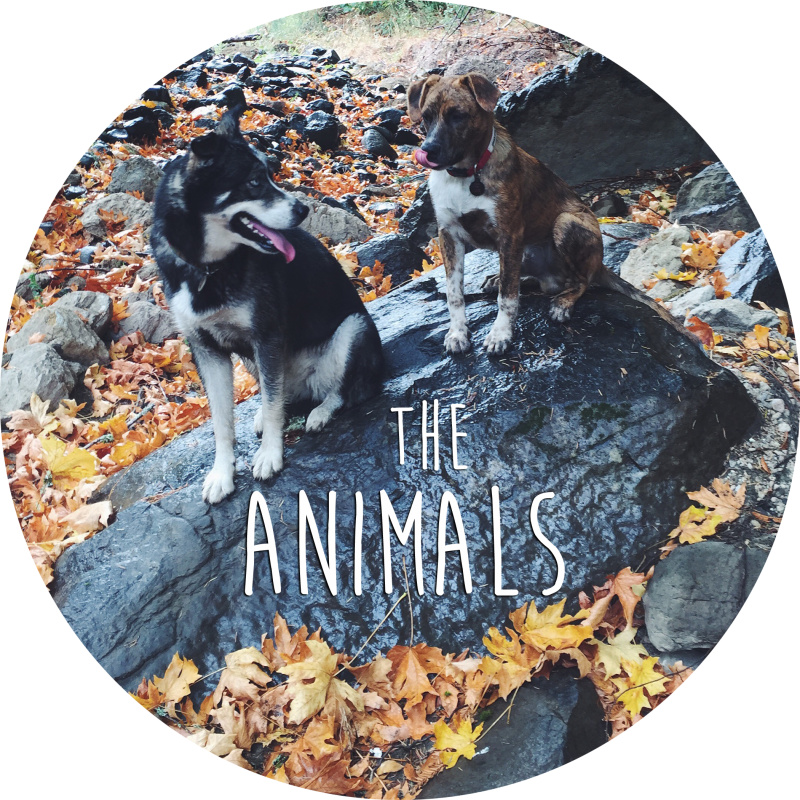5 Tips for Resource Guarding
One of the most common concerns I see, especially with puppies and new rescues, is resource guarding. Resource guarding occurs when a dog feels insecure about items of value, usually food, but sometimes coveted toys and beds, as well. Because of this insecurity, a dog may growl, snap, or even bite a human or other animal that approaches these high value items. In the past, trainers and dog owners have often felt that they needed to "establish dominance" and assert that as the more powerful member of the household, a dog should be willing to give up any item at any time, often with the use of intimidation or force. Dominance and pack theory have long since been debunked, although sadly this methodology has pervaded dog culture and is still often practiced, often to detrimental and dangerous results.However, fear not — there are many positive methods and activities that you can practice with your dog to help them gain confidence and learn to spit out items that don't belong to them or may be dangerous. Here are a few ideas to help you work with your dog or puppy and prevent or remedy resource guarding.
1.) Create a positive association with humans approaching high value items.
In the past dog owners were told they should take their dog's bowl from them at random, or even pretend to eat from it in order to show the dog "who is boss." However this will merely teach your dog that you are an unreasonable tyrant and that the things they value may be taken from them without warning, causing more tension and a higher likelihood of a bite.Instead, as your dog is eating their meal, have members of your household walk past and toss in extra food from a distance, even something really good like fresh meat! Soon your dog will learn that a human approaching the food bowl = more food, not the removal of the food. They will learn to trust and relax during mealtimes.
2.) Get into the habit of trading.
Never pull an object from your dog's mouth with force. Instead, offer something even better than what they have and reward them when they give up stolen item. This works quite easily with non-food items like stolen slippers and toys, but may be harder with food items, however if you make a game of it you can begin to add a cue like "drop" "trade" or "give" so that your dog will spit out whatever is in their mouth automatically.Sometimes, you can make the trade even more fun by calling your dog and excitedly running to get a treat together. All the excitement of getting the new item can sometimes make them forget all about whatever they already have!
3.) Let them win.
What? Aren't we supposed to be our dog's "boss" or "master?" Nope! Practicing trades that sometimes end in your dog getting to keep the valued item will help them build a stronger reinforcement history for dropping stuff. If, statistically, there is some probability that they will get their object of desire back, they will be more likely to drop something on cue. Then, when it's something you really need them not to have, you will be able to retrieve it easily.4.) Create training scenarios.
We often make the mistake of waiting until we need a dog to drop something before we try and teach them to do so. It's much easier to set up scenarios of varying difficulty so that you can teach your dog this helpful skill in a low pressure situation. You can start with sticks, balls, or toys, so that when your dog is prancing around with your favorite pair of slippers, they already know what "drop" means and that they will get something in return if they spit it out!5.) Make it fun!
Okay, this is just a rule of thumb for training in general, but the more fun you and your dog have practicing a behavior, the better results you will get. Ultimately, dog training is just the process of creating a common language, and building a relationship for you and your animals. Having fun together builds a lifetime bond that will boost your dog's confidence, make them more willing to listen, and will expedite the learning process.Note: If your dog shows signs of serious resource guarding, be aware that he or she may be dangerous in a guarding situation. It's best to contact a trainer or behaviorist if you are at all concerned for your safety or the safety of your family.








